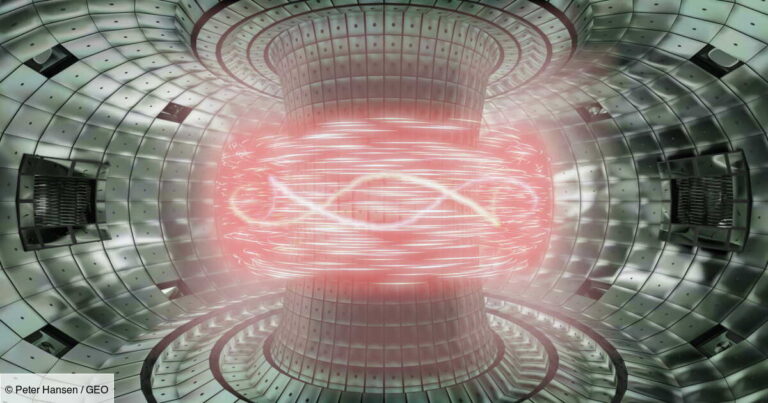Nuclear fusion, often touted as the ultimate source of energy for humanity, is making significant strides thanks to recent breakthroughs. Imagine harnessing the power of an artificial sun—this is the promise of fusion energy, which could potentially solve all our energy production problems. However, controlling this powerful reaction has been a long-standing challenge for scientists. The latest advancements in tokamak reactors, which use a toroidal magnetic field to contain plasma, are bringing us closer to realizing this dream.
Surpassing the Theoretical Density Limit
Fusion reactors rely on two isotopes of hydrogen: deuterium and tritium. These isotopes, when heated to temperatures as high as 100 million degrees Celsius, form a plasma where fusion reactions can occur. During these reactions, the nuclei of the atoms collide and fuse, releasing substantial amounts of energy.
Recently, a collaboration between Chinese and American researchers has achieved a significant milestone in the field. According to the South China Morning Post, during an experiment in an experimental tokamak in San Diego, the team managed to exceed the theoretical limit of plasma density, known as the Greenwald limit, by 20% for 2.2 seconds. This is a remarkable feat, considering that maintaining stability at such high densities has been a critical challenge.
Achieving Higher Energy Confinement Quality
Traditionally, when the Greenwald limit is reached, the magnetic confinement quality tends to degrade, leading to a sudden and complete loss of plasma energy. This instability has been a major hurdle in the path to making fusion energy commercially viable. However, the new method employed by the researchers involved creating a density gradient within the tokamak, where the plasma density was higher at the center and lower at the edges. This approach not only surpassed the Greenwald limit but also enhanced the energy confinement quality by 50%.
One of the researchers explained, “The operational regime we’ve described meets some critical requirements of many fusion reactor models worldwide and opens a potential path to a functioning point that allows the production of economically attractive fusion energy.”
Implications for Future Fusion Projects
This discovery is particularly significant for projects like ITER, the International Thermonuclear Experimental Reactor, which is being constructed in France. Scheduled to begin operations by 2030, ITER aims to be the largest tokamak in the world and to demonstrate the feasibility of fusion as a clean and virtually limitless energy source.
As someone who’s always been fascinated by the promise of fusion energy, I can’t help but recall a conversation I had with a physicist friend. He described the pursuit of fusion as “the holy grail of energy research.” This latest breakthrough feels like a tangible step towards that elusive goal.
It’s exciting to think that in the near future, we could be powering our cities with energy derived from the same processes that fuel the stars. The implications for our planet, in terms of reducing reliance on fossil fuels and mitigating climate change, are profound. This achievement brings us closer to a future where clean, sustainable energy is not just a dream but a reality.






